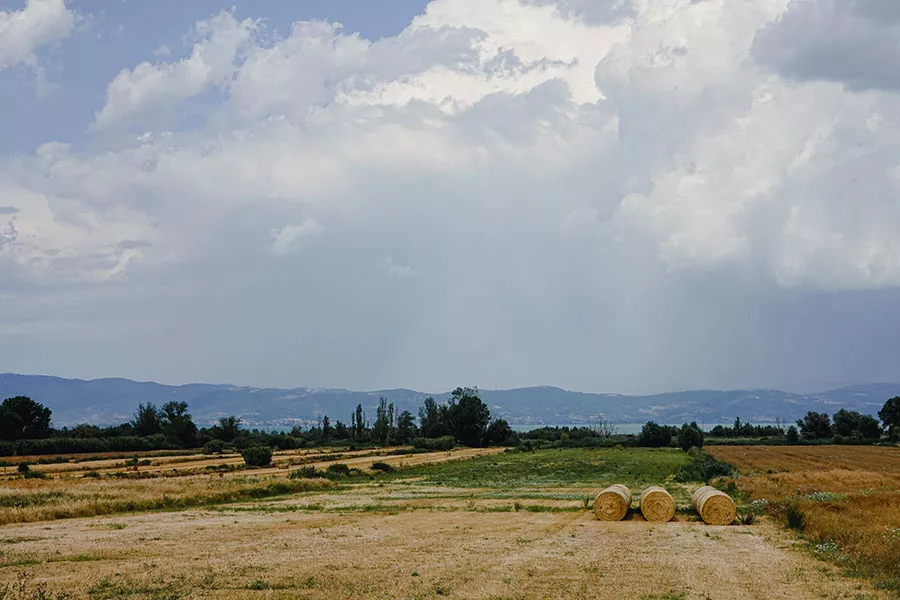Thematic report: effects of the Lazio RDP on climate change and the environment
This thematic evaluation reports on several environmental and climate studies related to the 2014-2020 Lazio Rural Development Programme (RDP).
- Italy
- 2014-2022
- Environmental impacts


The report examines the reduction in pollutants emitted into the atmosphere, which is an environmental objective that the EU has adopted in the NEC Directive (EU 2016/2284, 'National Emission Ceiling'). The directive establishes national limits for emissions into the atmosphere of pollutants originating from sources in Member States for 2020-2029 and from 2030 onwards.
In this context, the Lazio region has requested further information on the reduction of greenhouse gas and ammonia emissions from agriculture, particularly on the result indicators R18 (reduction of methane and nitrous oxide emissions) and R19 (reduction of ammonia emissions), and impact indicator I07 (emissions of agricultural origin). The pollutants taken into account are methane and nitrous oxide (which contribute to the calculation of additional result indicator R18), ammonia (which relates to additional result indicator R19), and carbon dioxide assessed in terms of carbon sequestered or lost from the soil (which contributes, together with R18 and R19, to the calculation of the impact indicator I07). The change in fuel consumption in processing and growing operations was also analysed.
The methodological and operational approach was based on interaction between the evaluator, Managing Authority (MA) and steering group.
The MA expressed a concrete need for an in-depth analysis of two specific areas of assessment, both related to the issue of climate change:
First, the evaluation of the effects that the operations financed by the RDP have on the reduction of emissions of pollutants, methane, nitrous oxide and ammonia into the atmosphere. Emissions into the atmosphere from agricultural activities are mainly produced by using nitrogen fertilisers and managing livestock farms. The thematic report therefore focused its attention on these issues.
Second, the degree of awareness and vision of operators in the agricultural sector about climate change, given the sector's contribution to it is widely recognised. The choice to focus on the awareness and visions of the agricultural sector about environmental issues is dictated by the need to know the point of view of the direct beneficiaries of the RDP and to fill an information gap on these issues.
The study carried out a survey that sought to increase knowledge of the current situation in the region by taking a snapshot of the emissions produced at individual farm level. This was done through an analysis of concrete cases (real cases acquired) represented by farms with different crop systems, in which the primary data necessary for the calculation of emissions were collected.
The data collected and processed was used to estimate current emissions by applying simulations and models in the factual/counterfactual comparison logic. It was also used to assess the effects that some operations financed by the RDP may have on reducing emissions of pollutants into the atmosphere on a company scale.
Soil conservation, which is perceived as an environmental component that farmers can support, is a prominent theme in the responses received, particularly by protecting against erosion and hydrogeological instability and maintaining the network of ditches and drains.
Another recurring theme in many responses is ‘cleaning up the land’ and tackling land abandonment. There is also an awareness of the role of those working in this sector in protecting rural areas.
The conflict between agriculture and wildlife management is present in many responses. The contamination of crop damage caused by wildlife is repeatedly invoked as a problem that needs to be addressed.
To strengthen farmers’ perception and knowledge of their active role in combating climate change, training and information on the integrated effects of environmental practices and the interrelationship between the various environmental components involved in agriculture should be further developed. Training also appears to be a key element in supporting the modernisation and digitalisation of the sector, which was a factor that appealed to the interviewed farmers too.